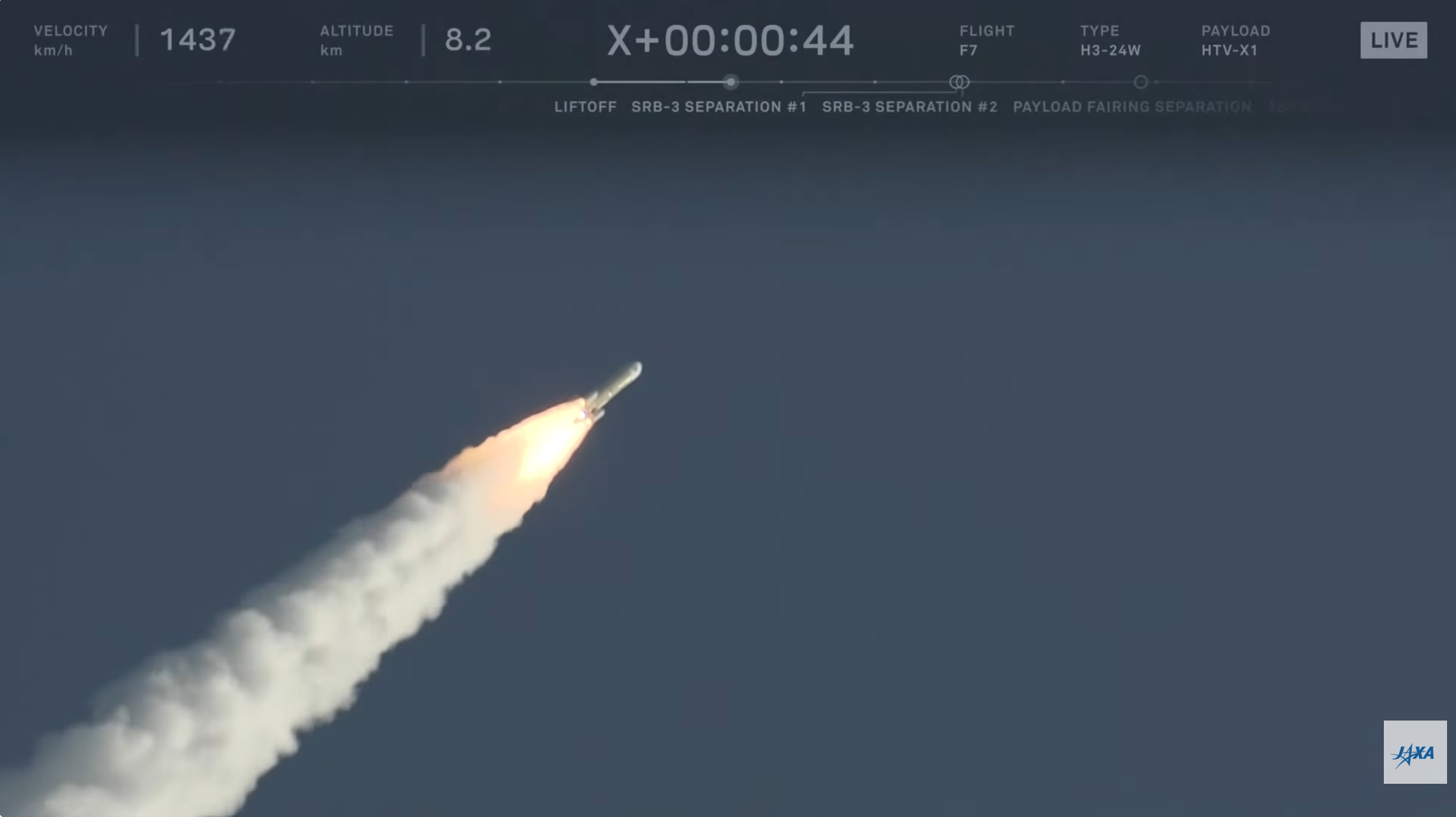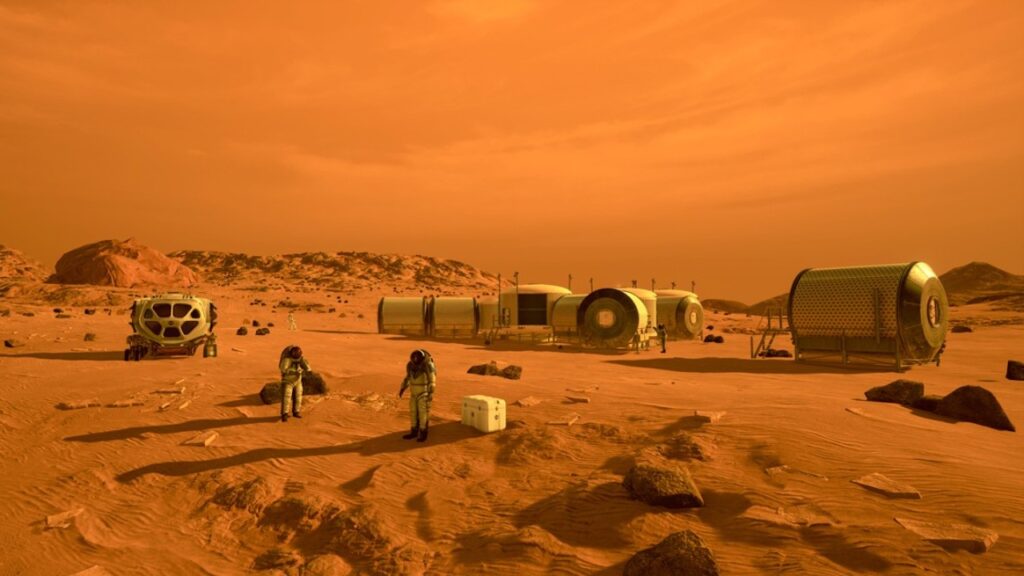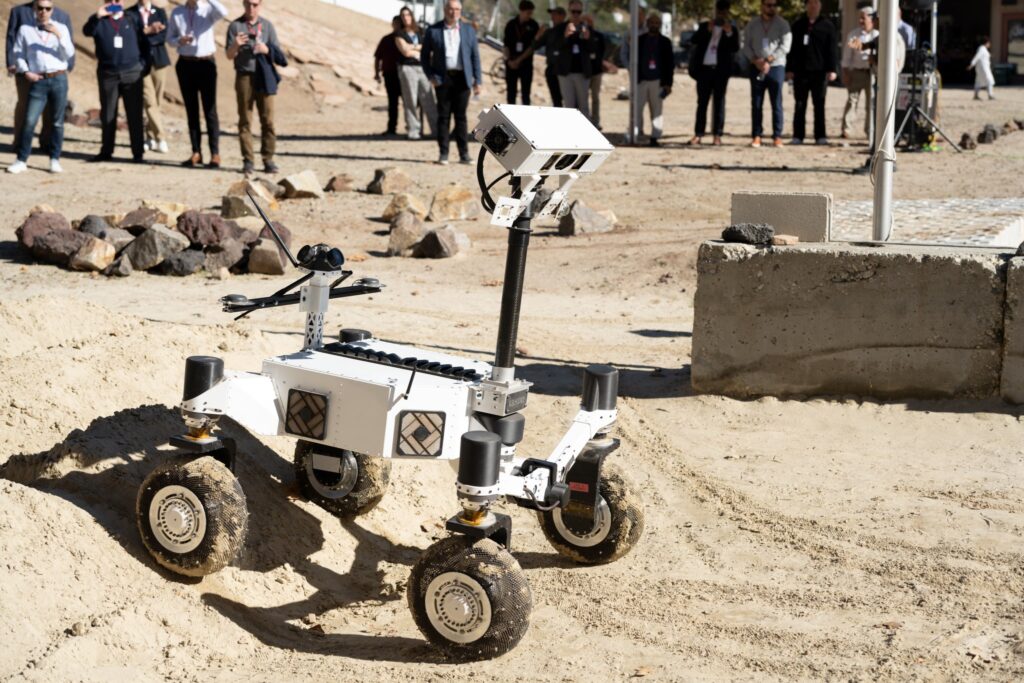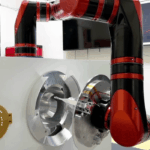Now Reading: JAXA successfully launches HTV-X1 cargo spacecraft to resupply International Space Station
-
01
JAXA successfully launches HTV-X1 cargo spacecraft to resupply International Space Station
JAXA successfully launches HTV-X1 cargo spacecraft to resupply International Space Station


The Japan Aerospace Exploration Agency (JAXA) has successfully launched its newest cargo spacecraft, HTV-X1, aimed at resupplying the International Space Station (ISS). The launch took place on Sunday at the Yoshinobu Launch Complex located in the Tanegashima Space Center, following a brief delay attributed to adverse weather conditions at the scenic site.
HTV-X1 was lifted into orbit aboard JAXA’s H3-24L rocket, an expendable launch system developed in partnership with Mitsubishi Heavy Industries (MHI). The H3 rocket is designed as a successor to the previous H-IIA and H-IIB models, boasting improved technology and capabilities.
The HTV-X1, an uncrewed vehicle engineered by MHI for JAXA, is crafted to efficiently deliver supplies to the ISS while also serving as a testbed for various technical innovations. This new spacecraft replaces the earlier HTV (Kounotori) cargo ship that had launched on the now-retired H-IIB.
With a medium-lift capacity, the H3 rocket uses two or three LE-9 engines in its first stage, consuming a substantial amount of liquid hydrogen and liquid oxygen—222 tons in total. The second stage is powered by a single LE-5B-3 engine with a smaller Hydrolox intake of 23 tons. An added feature of the H3 is its option to include strap-on solid rocket boosters, allowing configurations of either two or four SRB-3 units.
One significant advancement with the HTV-X1 is the streamlined cargo loading process, which has been reduced from 80 hours to just 24. The spacecraft has a launch mass of 16,000 kg and can carry up to 5,820 kg of cargo, using International Standard Payload Racks to maximize efficiency. Enhanced power generation capabilities are provided by two solar panel arrays that generate 1 kW—five times the output of the original HTV spacecraft. HTV-X1 also features onboard refrigeration systems, enabling the transport of fresh food to astronauts aboard the ISS.
JAXA astronaut Kimiya Yui, part of Expedition 74, will be responsible for maneuvering HTV-X1 into place at the ISS’s Harmony module using the Canadarm2, a sophisticated robotic arm originating from the Canadian Space Agency. Yui has previous experience performing similar operations with an HTV spacecraft back in 2015.
After safely docking with the ISS, the HTV-X1 is planned to remain attached for up to six months, providing ample time for scientific experiments and operations before its departure. The spacecraft is also equipped for extended missions, which will facilitate additional research activities.
The H3 rocket, which made its inaugural flight in March 2023, encountered a challenge with a second-stage failure during its initial mission. However, JAXA and MHI have since rectified the issues, achieving a series of successful launches, including the recent deployment of a regional navigation satellite for Japan.
As the ISS is projected for deorbit by 2030, JAXA is laying the groundwork for future explorations beyond low Earth orbit. The HTV-X1 is poised to play a vital role in supporting missions to Gateway, an upcoming lunar-orbiting station designed for long-term habitation. Additionally, JAXA is contributing to Gateway’s International Habitation (I-Hab) module, developed alongside the European Space Agency, with plans for its launch aboard NASA’s SLS Block 1B during the upcoming Artemis IV mission in 2028.
Stay Informed With the Latest & Most Important News
Previous Post
Next Post
-
 012024 in Review: Highlights from NASA in Silicon Valley
012024 in Review: Highlights from NASA in Silicon Valley -
 02Panasonic Leica Summilux DG 15mm f/1.7 ASPH review
02Panasonic Leica Summilux DG 15mm f/1.7 ASPH review -
 03How New NASA, India Earth Satellite NISAR Will See Earth
03How New NASA, India Earth Satellite NISAR Will See Earth -
 04From Polymerization-Enabled Folding and Assembly to Chemical Evolution: Key Processes for Emergence of Functional Polymers in the Origin of Life
04From Polymerization-Enabled Folding and Assembly to Chemical Evolution: Key Processes for Emergence of Functional Polymers in the Origin of Life -
 05And Thus Begins A New Year For Life On Earth
05And Thus Begins A New Year For Life On Earth -
 06Astronomy Activation Ambassadors: A New Era
06Astronomy Activation Ambassadors: A New Era -
07SpaceX launch surge helps set new global launch record in 2024



















